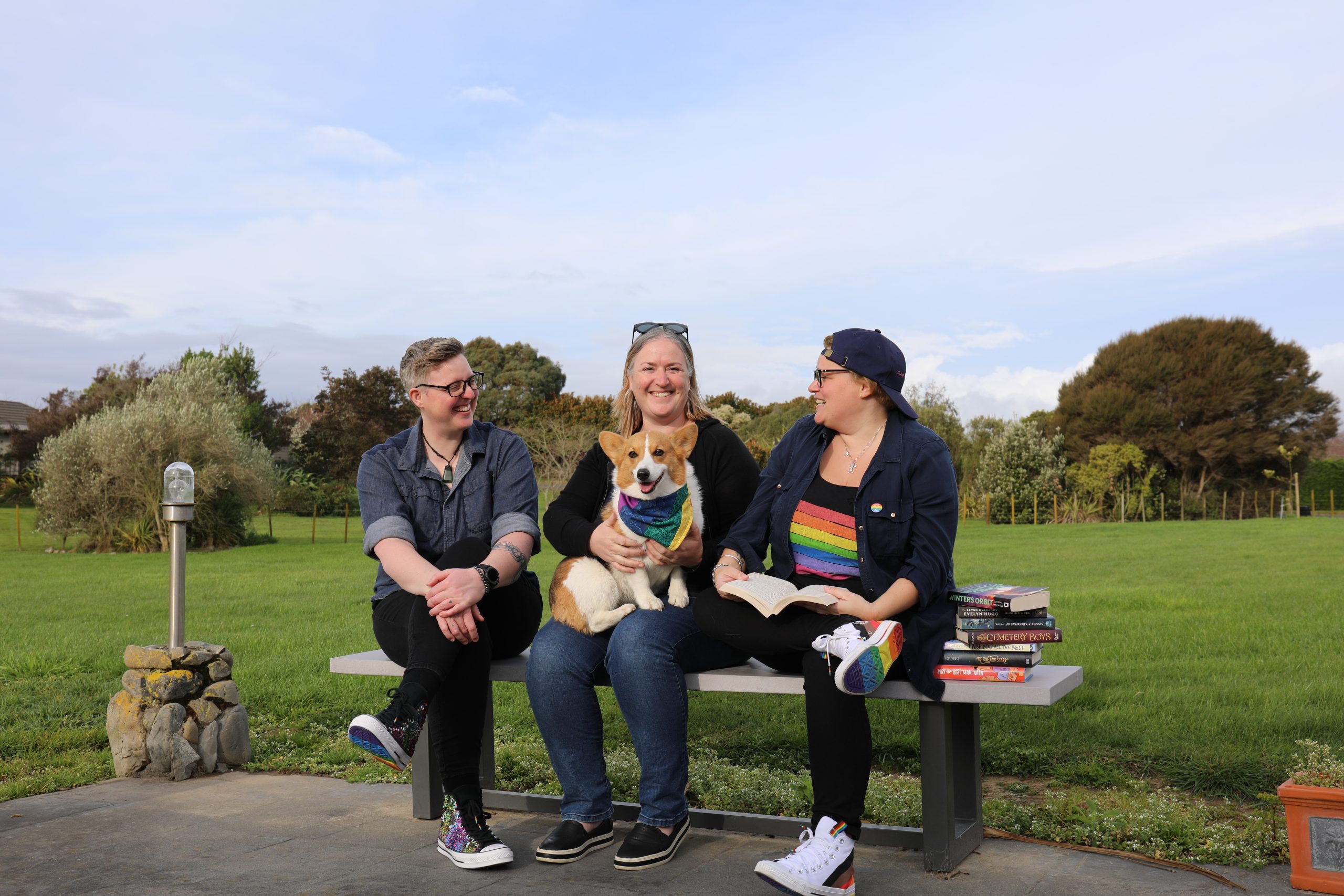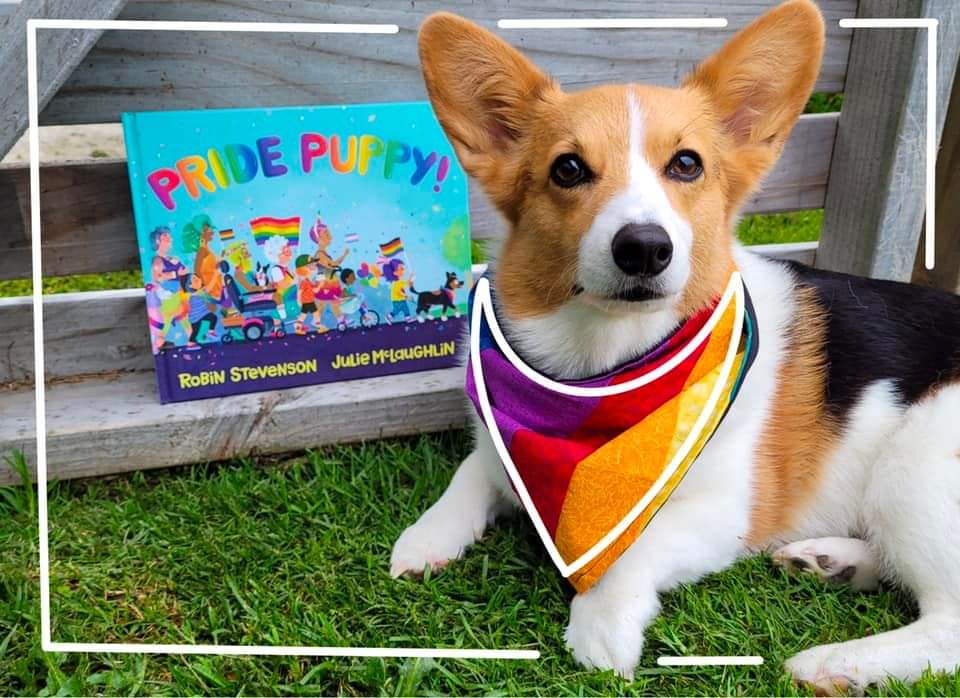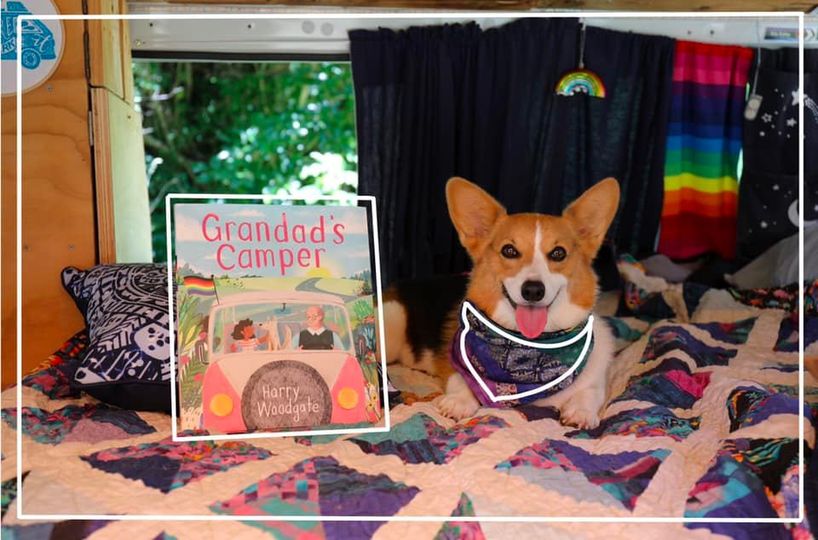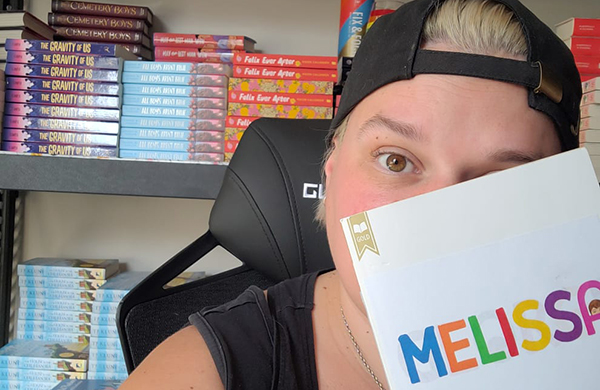RAINBOW REPRESENTATION IN CHILDREN’S LITERATURE | NORTHLANDS
Entertainment15 June 2022
It is an interesting time in the world with regards to children’s books. Whether we like it or not, we have a lot of societal and cultural impacts coming from America, and watching books being banned from schools and libraries because they contain a rainbow character is rough. I am grateful that I am watching from the comfort of Aotearoa-New Zealand where there may only be a few rainbow books in the local library, but they are there and often celebrated.
Alongside my wife and sister-in-law, I run an online LGBTQIA+ bookstore. Our altruistic aim for our business is to have some impact on lowering the youth suicide rate in Aotearoa-New Zealand by providing positive and honest representation. Our way of approaching this is to provide a large range of books from board books and picture books through to young adult books. We also have a few adult and non-fiction titles too, it’s just not our primary focus at this time.

Our goal is to provide books for kids of all ages to see themselves reflected in a story. We want to provide books with inclusion and diversity in the hopes that if kids don’t see themselves represented, then they might feel a bit of empathy and understanding towards those that do. Perhaps it will halt a bully, prevent some trauma, and welcome difference.
The hardest thing was deciding what to stock in our Children and Middle Reader (8-12 year-old) books and we broke it down into 3 categories: Family, Identity, Expression.

Family books have a member of the main character’s whānau who identifies with the rainbow community without necessarily going into too much detail. For example, Pride Puppy by Robin Stevenson is an ABC book about a two-mum family going to a pride parade with their puppy and all the people they encounter along the way. Also in the family category is Grandad’s Camper by Harry Woodgate, which is a lovely story of a granddaughter working to help cheer up her Grandad who hasn’t been the same since Gramps passed away. These books beautifully work towards normalizing non-traditional family units.

Identity books work towards putting words to who you are and what it means to be you. These books highlight kids who feel they don’t always align with the gender they were assigned at birth, like Melissa and Introducing Teddy. Both are gentle stories of gender and friendship, with a focus on finding friends that understand you and love you for who you are. They don’t have to be serious though! Jonathan Van Ness (from Queer Eye fame!) wrote an adorable and hilarious story of a non-binary guinea pig named Peanut who wants to go to the Olympics as a rhythmic gymnast. Its tagline is that it encourages children to not just be themselves – but to boldly and unapologetically love being themselves.

Expression is arguably my favourite category. I wish I had books when I was a kid about having the freedom to express myself, whatever that looks like. The best way to explain it is with the book My Shadow is Pink. The story follows a little boy who loves princesses and fairies and other things that have been deemed ‘not for boys’. As an adult, my take-away from this story is the importance of unconditional love, respect and what it looks like to be a supportive parent. As a child, I think my take-away would have been about how there are no rules with toys or colours or liking things that you like.
There are more and more books being released every year that are amplifying diversity in literature and we are grateful that in Aotearoa-New Zealand, our tagline of ‘Books are for Everyone’ is a place where that remains not only possible but celebrated.
Happy Pride everyone!







